
|

|
|
|||||||
{Social Media can make or break a brand. |
|
||||||||

|
|
||||||||

|
|
||||||||
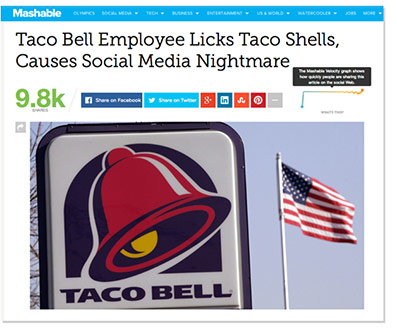
|
{Social Media can make or break a brand. |
|
|||||||

|
|
||||||||

|
|
||||||||
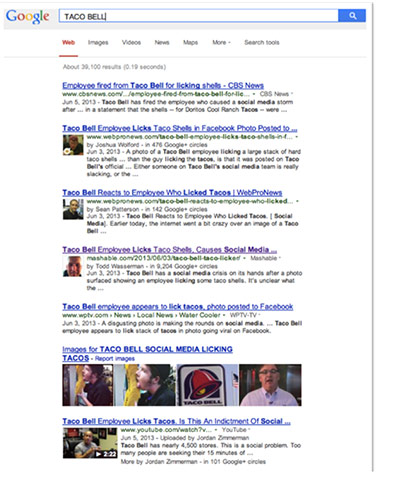
|
|
||||||||
{Social Media can make or break a brand. |
|
||||||||

|
|
||||||||

|
|
||||||||
{What is Social Media? - Conversational |
|
||||||||
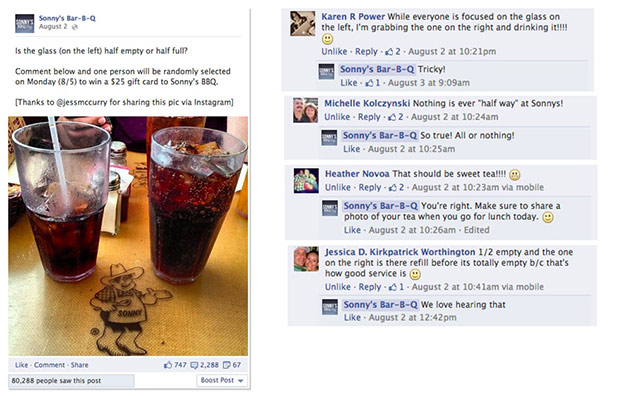
|
|
||||||||
|
|
|
||||||||

|
{What is Social Media? - Collaborative |
|
|||||||
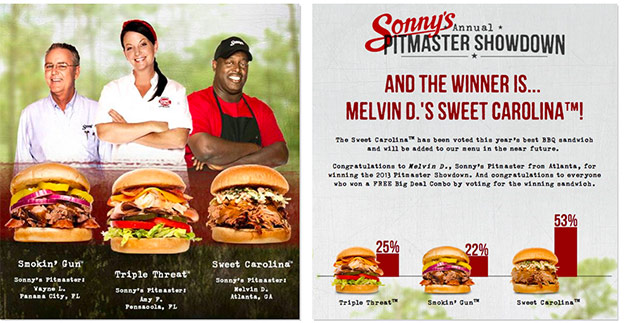
|
|
||||||||

|
|
||||||||

|
{What is Social Media? - User-Focused |
|
|||||||
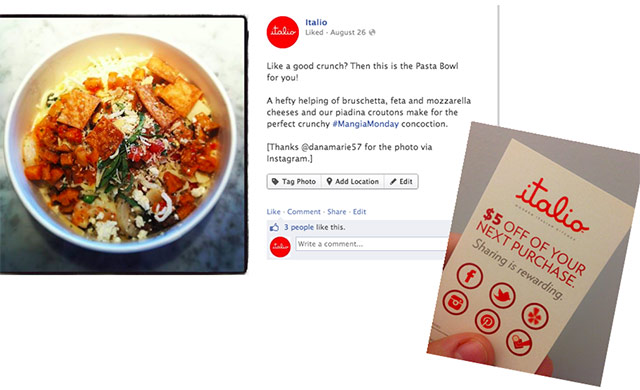
|
|
||||||||

|
|
||||||||

|
{What is Social Media? - Constantly Evolving |
|
|||||||

|
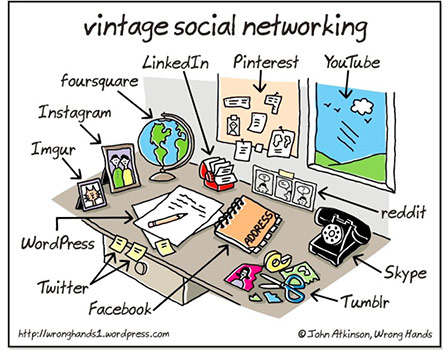
|

|
|
||||||

|
|
||||||||

|
{Social Media is NOT:
|
|
|||||||
|
|
|
||||||||
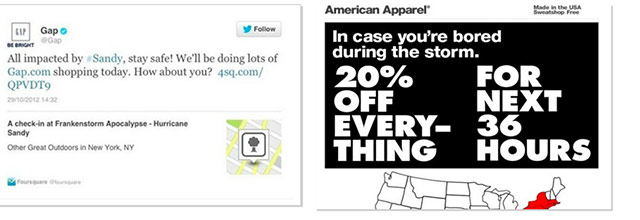
|
|
||||||||
|
• People are already talking about us • Every business should engage in conversation with customers • Can be implemented with limited financial resources • Can return measurable results and ROI • Employees are already using social media, maybe even on our behalf, without your oversight or knowledge • Reach new customers • Build stronger relationships and loyalty with our existing customers • Respond quickly in the event of a crisis • Communicate marketing messages, in a way that is integrated within your existing marketing channels |
|
|
|||||||
{Social Media: Why use it? |
|
||||||||
{Social Media: Facebook |
|
||||||||
|
|
|
||||||||
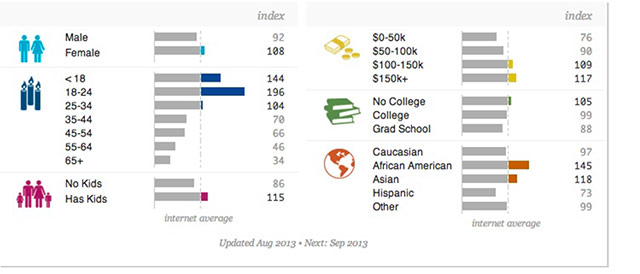
|
|
||||||||

|
|
||||||||
|
• Add links to grow your fan base (website, email signature, etc.). • Get organized. Create a calendar for messaging and stick to it. • If you don’t think the post is interesting, don’t post it. • Create a reason and value for users to want to “like” your brand’s page. • Respond to user interactions as quickly as you can. |
|
|
|||||||
{Social Media: Facebook |
|
||||||||
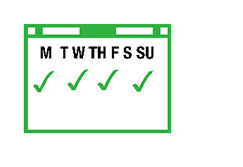
|
|
||||||||

|
|
||||||||

|
|
||||||||
{Social Media: Twitter |
|
||||||||
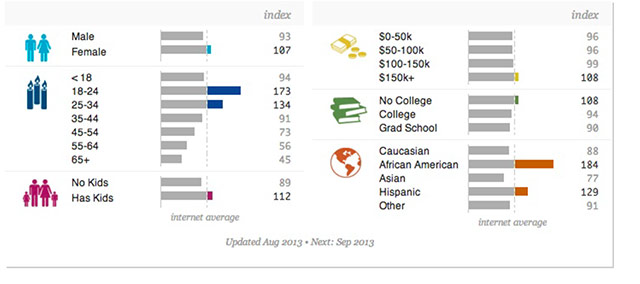
|
|
||||||||

|
|
||||||||
|
• Use website shorteners, such as bit.ly, to track how many people click the link. • Use hashtags to connect keywords to gain new traffic to page. • Keep it short — Tweets under 100 characters receive 17 percent more engagement • Post in as real-time as possible, responding as quickly as possible to brand mention tweets. |
|
|
|||||||
{ Social Media: Twitter – Best Practices |
|
||||||||
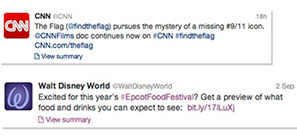
|
|
||||||||

|
|
||||||||

|
|
||||||||
{Social Media: Instagram |
|
||||||||
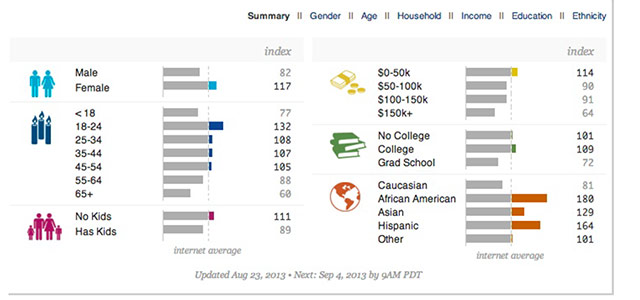
|
|
||||||||
|
• Tell an interesting brand story through your image and captions. • Engage with our followers. Comment, follow back and like pictures. • Don’t post a photo just because you have one. |

|
|
|||||||
{Social Media: Instagram – Best Practices |
|
||||||||
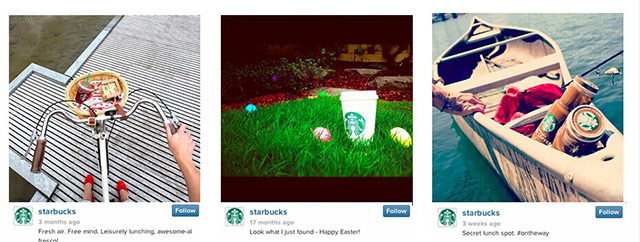
|
|
||||||||

|
|
||||||||
|
• LinkedIn Groups • Find new talent • More generic and formal • Google+ Groups • Find new talent • More specific and informa • Speak like you would to someone on the phone — act like a “real” person. |
{Social Media: HUMAN RESOURCES RECRUITMENT |
|
|||||||
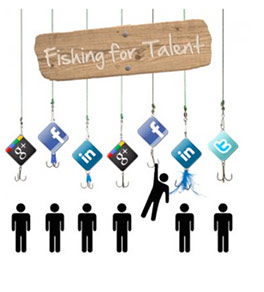
|
|
||||||||

|
|
||||||||
HR can use social media for: Employee Communication and Morale• Facebook Groups • Many levels of privacy control, including invite only • Communicate info quickly to employees • Share files and forms • Receive feedback, concerns, questions |
{Social Media: HUMAN RESOURCES COMMUNICATION |
|
|||||||
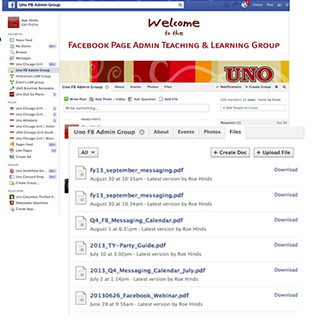
|
|
||||||||

|
|
||||||||
|
|
|
|
|
|
|
|
|
||
{Social Media Crisis Control
HR can use social media for: Crisis / Unacceptable Behavior Management• Monitor social media platforms like Twitter and Instagram, so you: • Are alerted of the situation • Have proof of its occurrence • Can gather info to find the employee in violation |
{Social Media: HUMAN RESOURCES CRISIS CONTROL |
|
||||||||||
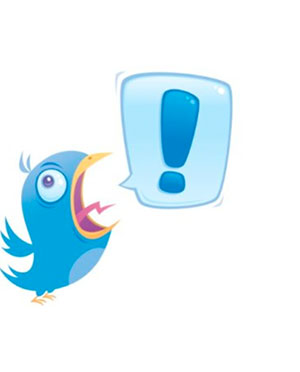
|
|
|||||||||||

|
|
|||||||||||
Unacceptable Behavior Examples: |
|
|||||||||||
{Social Media: HUMAN RESOURCES |
|
|||||||||||
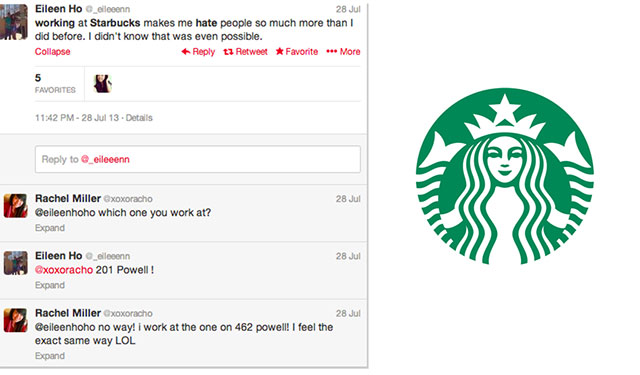
|
|
|||||||||||
|
|
|
|||||||||||
Crisis Example/ WeiboCCTV’s annual Consumer Day Program aired a story where one of the company’s restaurants changed the freshness period on its food and sold them to unsuspecting customers. In as little as an hour, McDonald’s took the lead by publishing a frank apology on social media. The apology was widely accepted by online commentators; within a short period of time, some 1,000 consumers commented on the apology. Many expressed opinions which included criticism of McDonald’s and blamed the company’s management for the problem. But many others expressed their understanding and declared their willingness to forgive McDonald’s. Some even offered support and admiration for the swift and sincere apology. |
{Social Media: HUMAN RESOURCES |
|
||||||||||
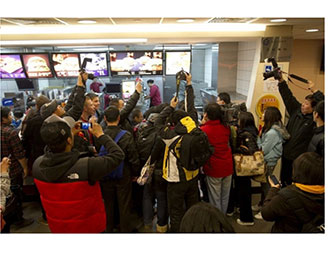
|
|
|||||||||||

|
|
|||||||||||
|
|
|
|||||||||||
Crisis Example/ WeiboBy 11 pm, the statement reached over 10 million consumers through more than 8,400 retweets on the @McDonald’s official weibo, the @Sina Finance and Economics account as well as other media accounts. These 10 million retweets in such a short time illustrate the incredibly fast transmission in Chinese social media. |
{Social Media: HUMAN RESOURCES |
|
||||||||||
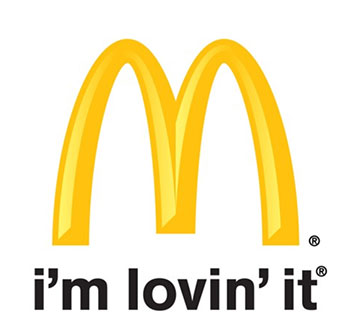
|
|
|||||||||||
Conclusion – Social Crisis Management Starts Before the CrisisCrisis management poses a number of well-known challenges on organizations: Ensuring that the Spokesperson communicates “according to script” Building consensus within the Crisis Team on the causes and appropriate remedies of an issue Coordinating the actions of different departments to avoid conflicting messages. The social media environment now requires us to consider new questions. How can we: Ensure that the company has access to minute-by-minute monitoring and analysis of online opinion? Ensure that the company’s Crisis Team and decision-makers understand the requirements of social media communication, such as the limitations on length and the appropriate tone? Avoid wasting valuable minutes or even hours on translation and approval of statements, if the company’s top decision-maker does not speak Chinese? |
{Social Media: HUMAN RESOURCES |
|||||||||||
|
|
|
|||||||||||
Conclusion – Social Crisis Management Starts Before the CrisisAs such, traditional crisis management wisdom is more relevant than ever, but it also needs to be revised to address these new challenges. The only way to ensure that your organization will handle a crisis in the most effective way is to address common challenges before they occur. Best-in-class companies tend to consider the following three areas: 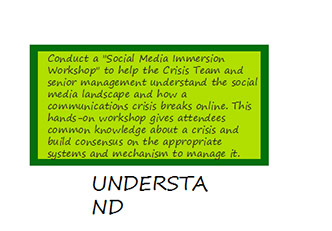
|
{Social Media: HUMAN RESOURCES |
|
||||||||||
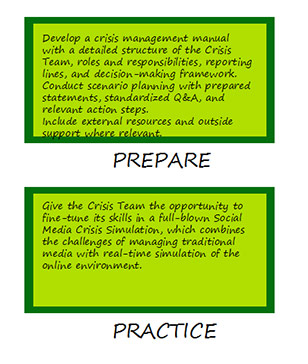
|
|
|||||||||||
|
|
||||||||||||
|
|

|
|
||||||||||
|
|
|
|
|
|
|
|
|
|
||||
{Social Media What’s in the secret sauce?
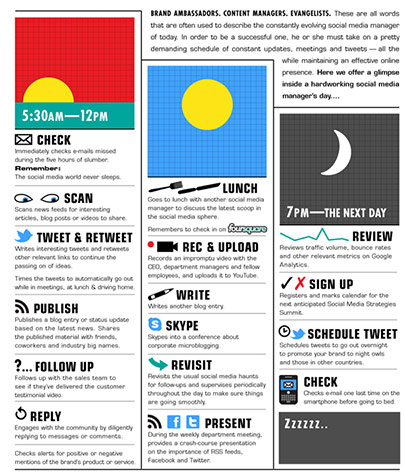
{ The Hectic Schedule of a Social Media Manager
http://socialnewswatch.com/social-media-manager-duties-a-case-study-in-hectic/- Passion for the social media space. Demonstrated engagement and experience, including building personal networks of friends, fans and followers.
- Robust understanding of all social media platforms, including Twitter, Facebook, Foursquare, blogs, Weibo, QQ, RSS feeds, and apps.
- Dedication to client service.
- Strong written and verbal communication/interpersonal skills.
- Excellent project management skills.
- Knowledge of basic photo editing
- Superior Microsoft Excel and Power Point capabilities.
- Strong understanding and regular utilization of web analytics. Omniture and/or digital advertising background a plus.
- Ability and enthusiasm for meeting changing demands and to adapting to frequently changing priorities.
{Requirements
- Supports ideation and development of traditional / social media campaigns.
- Collaborates with Marketing Communications, Portfolio Marketing and Agency teams to provide on-strategy creative programs combining traditional and social media consumer outreach.
- Shapes PR programming in the most newsworthy and socially engaging way.
- Works with PR & Social Media agencies in developing and executing plans that are on-strategy and on-budget.
- Handles all media related activities.
- Develops timely and newsworthy brand and product stories, relevant editor / producer pitches and social media postings that are consistent with the Crayola brand voice.
- Leverages and builds relationships with key national, regional and local media outlets, industry influencers and bloggers.
- Develops, maintains and executes against PR and Social Media editorial calendars to promote brand initiatives and seasonal product priorities.
- Ensures timely response to media requests and distribution of press material to meet media lead times and internal deadlines.
- Writes targeted press materials and social media posts that communicate
- Crayola’s brand identity and product line positioning and key attributes.
- Maintain relevant, engaging content through all social media channels.
- Manages the production of PR support materials -- press kits, photography, video, social media press releases
- Works with agencies to plan and execute press events.
- Maintains current media lists and Crayola on-line media center.
- Plans and meets with key media outlets, toy influencers and bloggers to present seasonal product priorities either in-person or via media events.
{Sample Description for Social Media Specialist - Crayola
Manages toy test process. Works with Platform Teams to strategize and
identify key products to submit into holiday toy testing.
Writes talking points and Q&A for internal and external spokespersons
speaking on behalf of the brand.
Serves as company spokesperson.
Manages social media platforms and executes plans to create a highly-engaged
and evangelistic Crayola on-line community.
Continually evolves social media activation by keeping Crayola on the
forefront of applying new technologies.
Manage the development of web assets, content and other marketing materials
in support of social media initiatives.
Manages creative process to develop tools to support social media initiatives (i.e., landing pages for social media contests and applications). Facilitates integration of our social media efforts with key internal and external stakeholders (e.g. Activation disciplines, Consumer Affairs, Crayola.com, The Crayola Factory, Retailers, Partners, Licensees) to build scale and efficiency Communicates publicity placement results and social media analytics to Marketing, Sales and other key internal stakeholders.
Develops PowerPoint Presentations for various business needs.
Creates strategic content and cadence of social media messaging that engages
and motivates consumers.
Determines the best steps to ensure that Crayola leverages media
opportunities to their fullest
- Website
- Social Community Profile
- Community
- Blog
- Podcast
- Search
- Branded Content
- Microsite
- Web/ Mobile Banner
- Custom app
- Newsletter
{Customer Touch points
These are some of the first areas that we need to connect our social media
- Nike is not selling shoes – it is selling an “I can” feeling.
- What feelings do we give to our audience when they consume our content?
- What does the audience want to feel/hear?
- This is what we should be selling!
{ What is the client selling?
- Who are the customers?
- Do we have an audience to work with?
- How do we communicate with them?
- Who are the brand evangelists?
- Can we offer something to a different target group?
{The Audience
- What social communities are they on?
- Where are our evangelists? (the people that can promote our messages)
{ Where are the users?

- To be the most innovative brand?
- To get 20,000 new users?
- To take over summer?
- To get free PR?
- To save money?
- To get a different target demographic?
- To find audience for a new product?
{ What is the goal?
- Mini-Sites
- User generated content
- Social communities
- Mobile phones, ipods
- SEO optimization
{What digital assets can we build to achieve the goal?
- Give away a car – get few users for a short time
- Give away conversation, engagement, fun, content, something that empowers the user – get evangelists for life time
{What you give is what you get
- Education – 25 points
- Help - 35 points
- Entertainment – 50 points
- Power – 75 points
- Service – 75 points
- Personalization – 100 points
{What should be given away?
{ASPIRE
- Don’t do same
- Try using new digital tools
- Give users a reason to engage
- Give something for free
- Be authentic
- Tie with a specific event/date
{ The idea
- Is it something users will talk about?
- Will this help you to reach your goal?
- Did I maximize digital tools?
- Is this a “world changing” idea?
- Will the media talk about it?
- Can this idea be monetized?
- What do you give your users now?
- (brochure, loyalty points, free game)
- How will you rate it from the user perspective?
- Do they need what you give them?
- Come up with a user focused idea – something that will enhance users life
{Checklist
- Google, Youtube, Facebook.
- How can the brand be more like them?
- Think like a start up – making brand evangelists spread the message, saving money on advertising and making users the first concern.
{Learn from the best
- Something people will talk about
- Something different
- Something surprising
- A story
- A game
- A world
{Look for the purple cow
- The way we communicate is in our hands.
- Use digital media more freely, more cheap more targeted, effective.